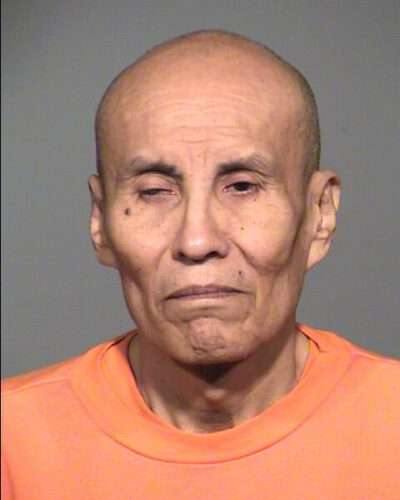Michael Gallegos Arizona Death Row
Michael Gallegos was sentenced to death by the State of Arizona for the murder of a child. According to court documents Michael Gallegos would suffocate his step niece Kindall Wishon and after the eight year old girl was dead she was sexually assaulted. Michael Gallegos was arrested, convicted and sentenced to death. Arizona Death Row … Read more








